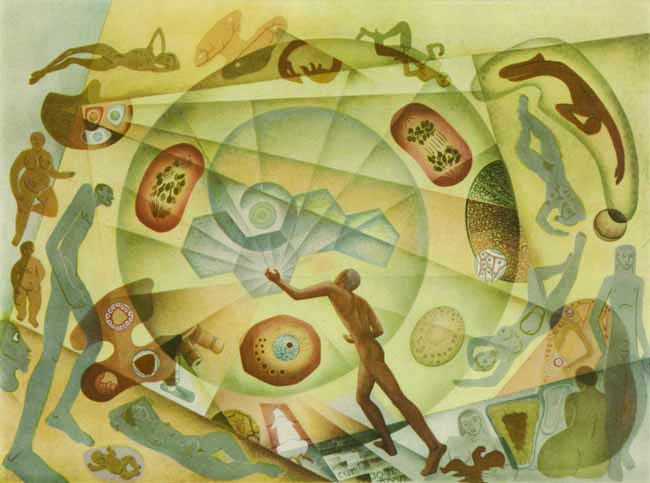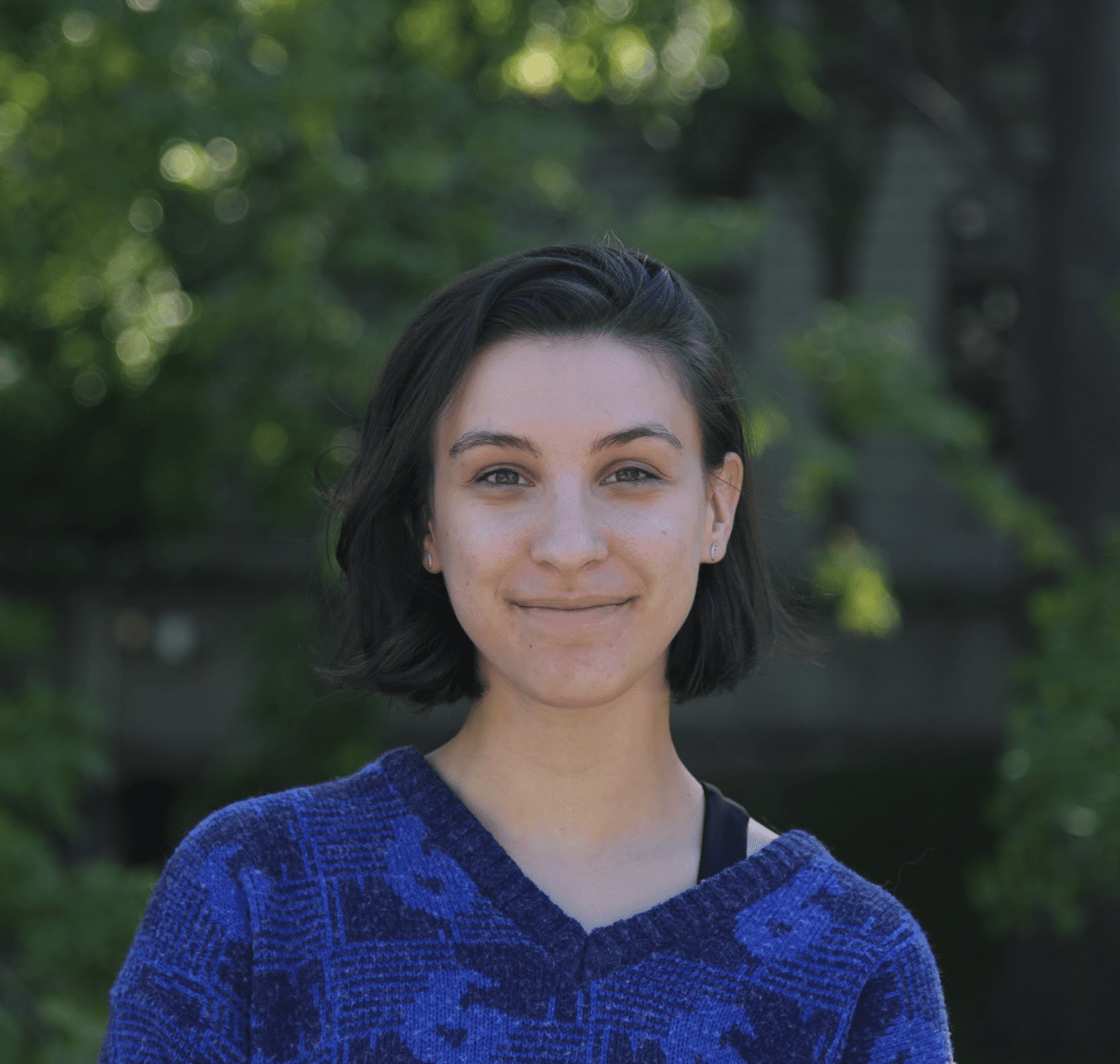The science behind friendship and how it develops between people has been a longstanding object of study. However, much less research has looked into the friendships between scientists themselves. The Rare & Special Collections, Osler, Art, and Archives (ROAAr) branch of the McGill Library held a symposium on Jan. 20 to explore exactly that.
Stopes and Hewitt: A correspondence for the ages
Laura Jean Cameron, professor of Geography and Planning at Queen’s University, first met Ingrid Birker, manager of the Public Program at McGill’s Redpath Museum, when she reached out to her in hopes of gaining access to part of the Redpath’s fossil collection. Cameron had requested access to some Fern Ledges fossils housed at Redpath. These fossils had a history: They were important items in the friendship between Charles Gordon Hewitt, an entomologist, and Marie Stopes, a palaeobotanist and suffragette.
Hewitt was first Stopes’ student at the University of Manchester, where in 1904 he attended her lectures on palaeobotany, the study of fossilized plants. When Hewitt moved to Canada in 1909 to become dominion entomologist, he and Stopes continued to communicate through letters. The two connected over the newly emerging field of ecology, but their friendship also inspired many of Stopes’ feminist writings.
“The success of their friendship was […] one of the important contributions she may have wished to make for science,” Cameron said during her presentation. “In her writing on behalf of women’s suffrage […] Stopes expressed her belief that a friendship of equality between men and women was not only possible, but was an evolutionary imperative.”
While Birker and Cameron acknowledged the other friendships that Stopes and Hewitt had with problematic figures in Canada such as Duncan Campbell Scott, the notorious deputy superintendent general of Indian affairs, and Helen MacMurchy, a staunch promoter of eugenics, the presenters glossed over Stopes’ involvement in the eugenics movement. Stopes was a vigorous supporter of birth control and family planning, but primarily because she believed these to be key tools in the practice of eugenics—which, for her, meant selective breeding to preserve the white race.
Penfield and Cone: Advancement of science but the end of a friendship
Borrowing from his research for a larger exposé published by The Globe and Mail, journalist Eric Andrew-Gee examined the once prosperous, but ultimately volatile friendship between Wilder Penfield and William Cone.
Penfield and Cone began working together at the New York-Presbyterian Hospital in 1924, where Penfield practiced surgery, primarily on the brain. When Penfield moved to Montreal in 1928 after being recruited by McGill University, he invited Cone to join him. The pair would eventually found the Montreal Neurological Institute-Hospital (MNI) in 1934.
“[Penfield and Cone] led a team together that made groundbreaking discoveries about memory, pleasure, anxiety, and learning,” Andrew-Gee explained. “They worked together in ‘double-harness,’ as they both liked to say, for 35 years.”
The friendship devolved, however, as Cone’s skills as a surgeon and dedication to the field of medicine surpassed Penfield’s, causing Penfield to grow jealous. Even worse, in 1953, Penfield was chosen over Cone for the directorship of the institute.
“By the 1950s, there were two camps at the [MNI],” Andrew-Gee said. “Cone’s people focussed on spinal surgery [while][…] Penfield’s focus[sed] on epilepsy.”
Cone became extremely depressed not long after these events and eventually died by suicide in 1959, which greatly upset Penfield. Despite the tragic ending, Andrew-Gee concluded his talk by acknowledging the instrumental role friendship played in the lives of the two men and their scientific developments.
“Cone and Penfield had a deeply loving friendship, and together, sitting and talking over a microscope or the head of a patient, they helped give birth to the romantic mathematics of neuroscience,” Andrew-Gee said.









